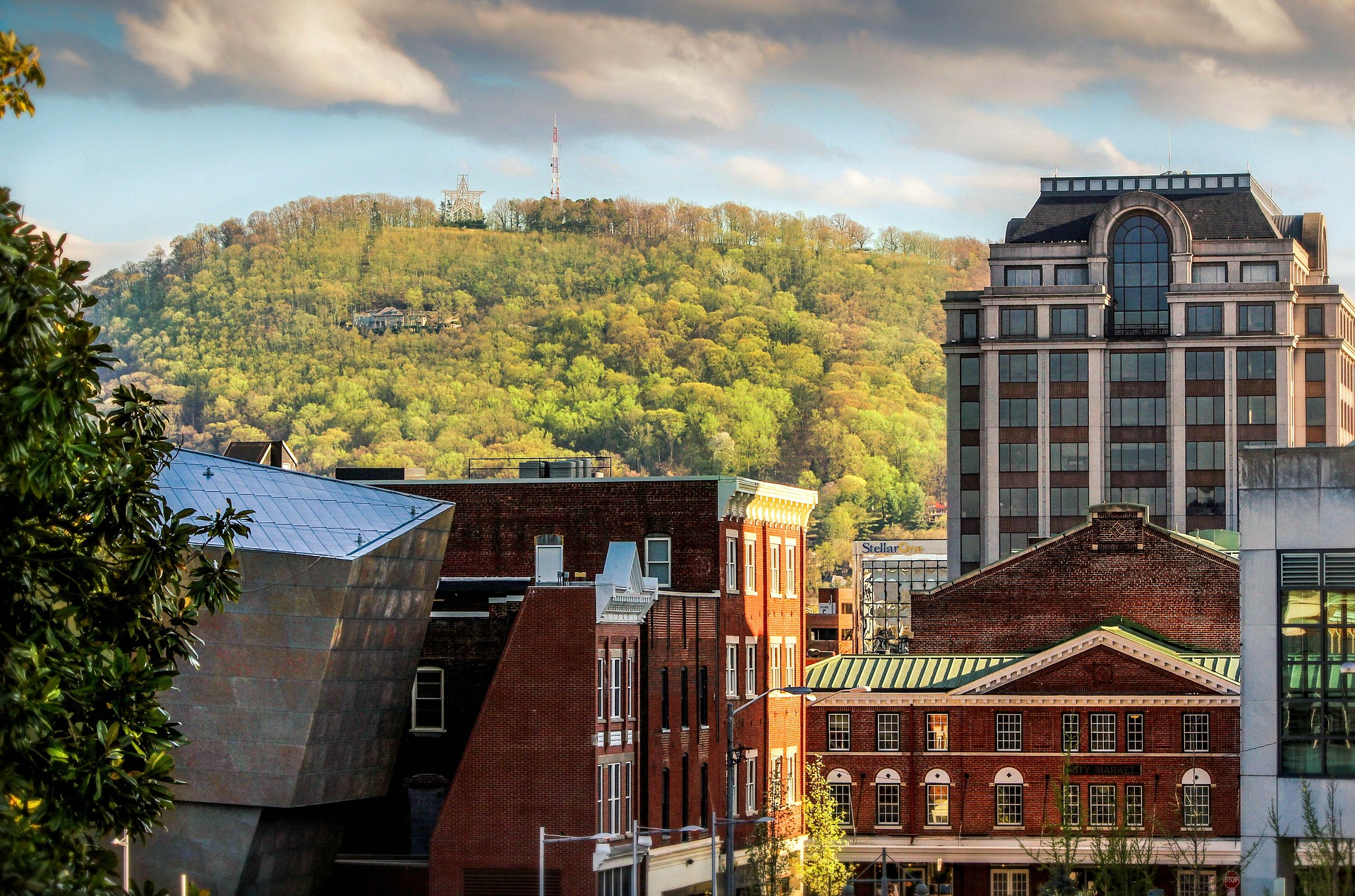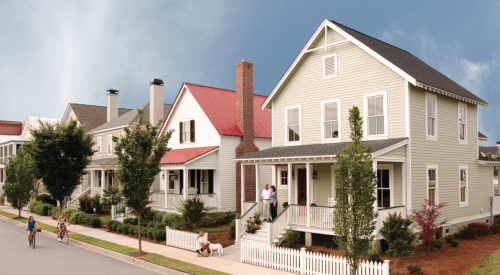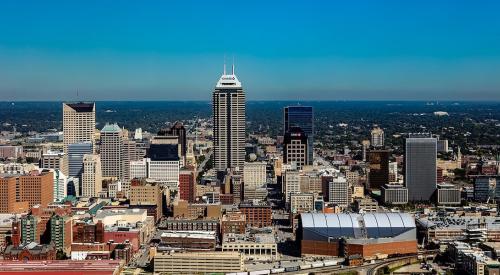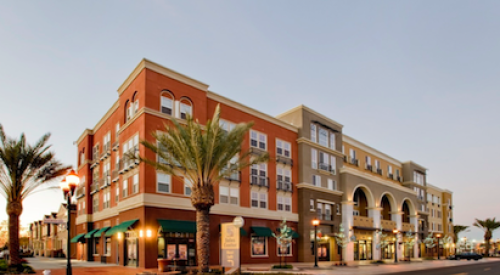Attracting millennials with new housing, dining, and rejuvenated public transportation, the Star City is setting a new standard for small city success.
The new downtown is due in part to a variety of factors, including federal and state historic tax credits providing developers with capital during the Great Recession. Government investment laid the groundwork for private investors, and CityLab reports that a generational shift from home ownership to apartment rentals has cemented the demand for new residences in the redeveloping area.
In 2012, downtown was briefly identified as the fourth most rapidly gentrifying neighborhood in the U.S. But what’s happening isn’t gentrification in the traditional sense. In 2000, fewer than 50 people lived downtown. That swelled to nearly 1,000 by 2010, and nearly 1,800 today. It’s an influx of wealthier white people, but it isn’t a matter of displacement—at least not right here.












